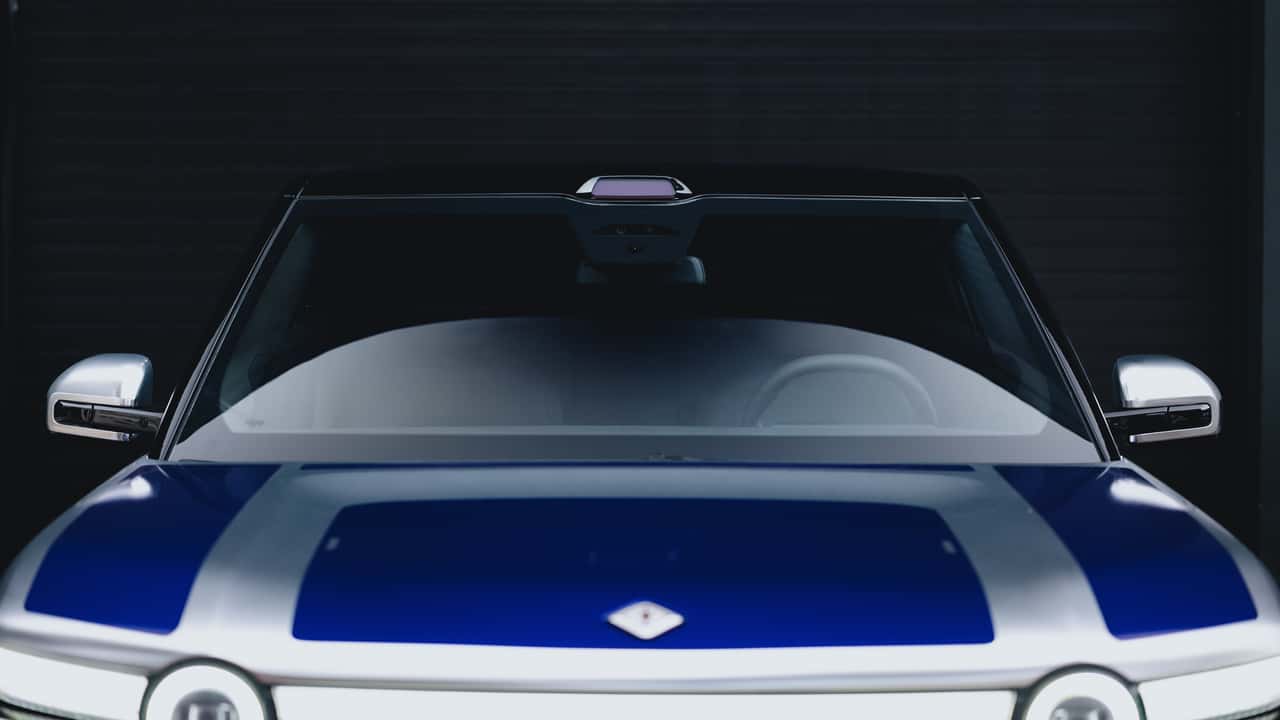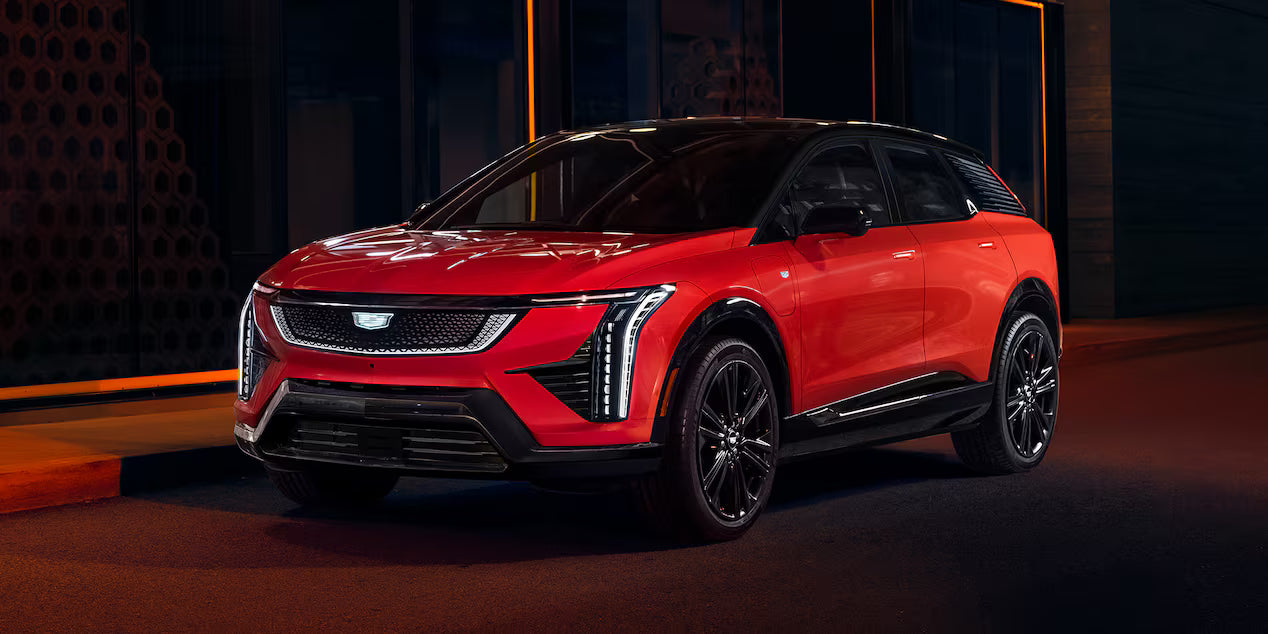Le SUV phare de Porsche passe à l'électrique
Porsche s'apprête à lancer le tout premier Cayenne électrique , une étape historique pour le constructeur allemand. Figurant parmi les véhicules les plus vendus de Porsche, le Cayenne électrique suscite de grandes attentes : il allie performance, luxe et technologie de pointe. De récents essais de prototypes en Espagne ont révélé les capacités de ce futur SUV phare, et les chiffres sont impressionnants.

Puissance de charge ultra-rapide
Construit sur l' architecture Premium Platform Electric (PPE) de 800 volts, partagée avec le Macan électrique et l'Audi Q6 e-tron, le Cayenne électrique est équipé d'une batterie de 108 kWh (utile) avec des cellules en sachet fournies par LG . Son autonomie devrait dépasser les 600 km WLTP , mais son atout majeur réside dans la recharge : le SUV prend en charge la recharge rapide CC jusqu'à 400 kW , permettant une recharge de 10 à 80 % en seulement 16 minutes dans des conditions optimales.
À titre de comparaison, la Lucid Air Grand Touring atteint 300 kW, tandis que le SUV Lucid Gravity atteint les 400 kW du Cayenne, mais uniquement avec un chargeur de 1 000 V. Porsche équipe également le Cayenne électrique de deux ports de charge situés à l'arrière, facilitant ainsi le branchement aux bornes de recharge dont les câbles sont plus courts.
Performances et variantes
Trois versions sont en cours de développement, chacune équipée de deux moteurs à aimant permanent – un moteur Bosch à l'avant et un moteur Porsche à l'arrière – associés à une boîte de vitesses arrière à deux rapports pour une efficacité et une puissance maximales. Tous les modèles sont équipés de série de la transmission intégrale .
-
Cayenne EV Base : 400 chevaux
-
Cayenne EV S : 600 chevaux
-
Cayenne EV Turbo : 805 chevaux
Malgré un poids d'environ 6 000 livres , le Turbo pourrait passer de 0 à 60 mph en moins de trois secondes et atteindre une vitesse de pointe supérieure à 155 mph .
Lecture recommandée : Tesla augmente les prix des modèles S/X de 10 000 $ avec le nouveau pack Luxe
Taille, suspension et capacité tout-terrain
Avec ses 500 cm de long , le Cayenne électrique est légèrement plus grand que son homologue thermique, avec un empattement de 2 000 cm pour une meilleure stabilité. Ce SUV est équipé de série d' une suspension pneumatique et d'amortisseurs à double soupape , qui ajustent automatiquement la hauteur de caisse en fonction de la vitesse et du mode de conduite. Un mode tout-terrain dédié augmente la garde au sol jusqu'à 245 mm (9,6 pouces) , tout en abaissant le SUV jusqu'à 30 mm à vitesse élevée pour un meilleur aérodynamisme.

Positionnement sur le marché et calendrier de lancement
Contrairement au Macan 100 % électrique, qui remplacera progressivement son homologue à essence, le Cayenne électrique cohabitera avec la version thermique pendant des années. Porsche prévoit de débuter les livraisons l'année prochaine , parallèlement à une nouvelle version restylée du Cayenne à essence. Avec ses vitesses de charge inégalées, ses performances exceptionnelles et sa stratégie de commercialisation mixte, le Cayenne électrique s'annonce comme l'un des SUV électriques les plus avancés du marché.
Lecture recommandée : Porsche reconsidère les changements de vitesse virtuels pour les véhicules électriques après une première opposition








Partager:
Décrypter le revirement de Trump dans l'accord commercial : les normes unifiées pourraient-elles remodeler le marché américain des véhicules électriques ?
Le nouveau Volvo XC70 : un véhicule hybride rechargeable longue portée avec recharge rapide en courant continu et V2L